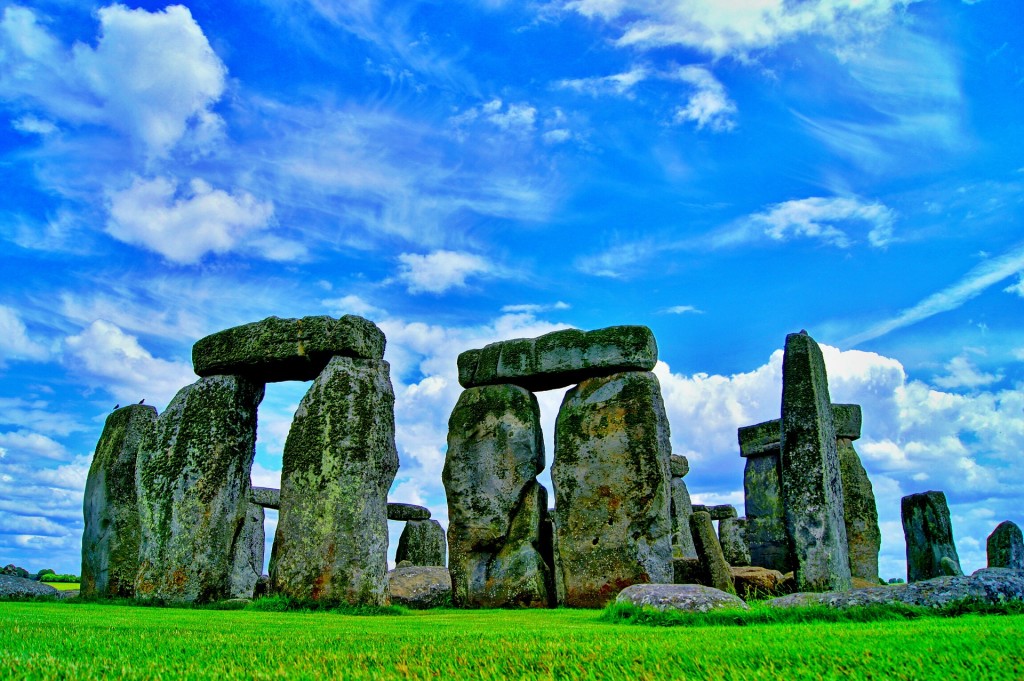The planting of crops was of critical importance to early societies. At Stonehenge an early computer was built to determine accurately the correct date to plant the crops. As a tourist you can visit and see for yourself the stones that were erected. Visually sighting the position of the sun at dawn establishes the season. Over many generations this computing instrument evolved into the smaller Astrolab.
 Standing on the backs of giants, the concepts of the earth as a spinning sphere orbiting the sun were reflected in matching Astrolab geometry. Today using the accuracy of cesium atomic clocks we can use our computer technology to calculate the arrival of spring to the nearest billionth of a second. Diminishing returns have set in. Choosing the correct time to plant crops is every bit as important to our society as it was to early societies. Using more sophisticated computer techniques to calculated the date to higher accuracies has ceased to add any value to the original task of choosing a planting date.
Standing on the backs of giants, the concepts of the earth as a spinning sphere orbiting the sun were reflected in matching Astrolab geometry. Today using the accuracy of cesium atomic clocks we can use our computer technology to calculate the arrival of spring to the nearest billionth of a second. Diminishing returns have set in. Choosing the correct time to plant crops is every bit as important to our society as it was to early societies. Using more sophisticated computer techniques to calculated the date to higher accuracies has ceased to add any value to the original task of choosing a planting date.Maybe the answer is “Big Data” Most farmers use long range weather forecasts to hedge their bets. This is all great until a volcanic eruption like the 1883 eruption of Krakatoa fills the upper atmosphere with reflective dust. No amount of current computer horsepower can factor in climate change, solar light emission variation, soot deposition on snow, or other causes we haven’t fathomed yet.
The pendulum swings. After a long run of disruptive computer based changes to society, more of the disruption will come from other sectors. In true “overnight” fashion advances in battery technology, materials, coatings, biology,medicine will splash onto the scene. Yes, the computer will have some role in these advances but it will not have the primary role. We are seeing the season start to change. Many of the new offerings being showcased at start-up conferences like South by Southwest include hardware becoming more than just software. My own www.mileagetrakker.com is based on a connected car hardware device which overcomes many of the frustrations of using an APP. This is not to say that there isn’t some good APPs among the 12 million or so offerings on Apple and Google. Most creators of APPs fight the “discoverability challenge.” Diminishing returns have set in.

